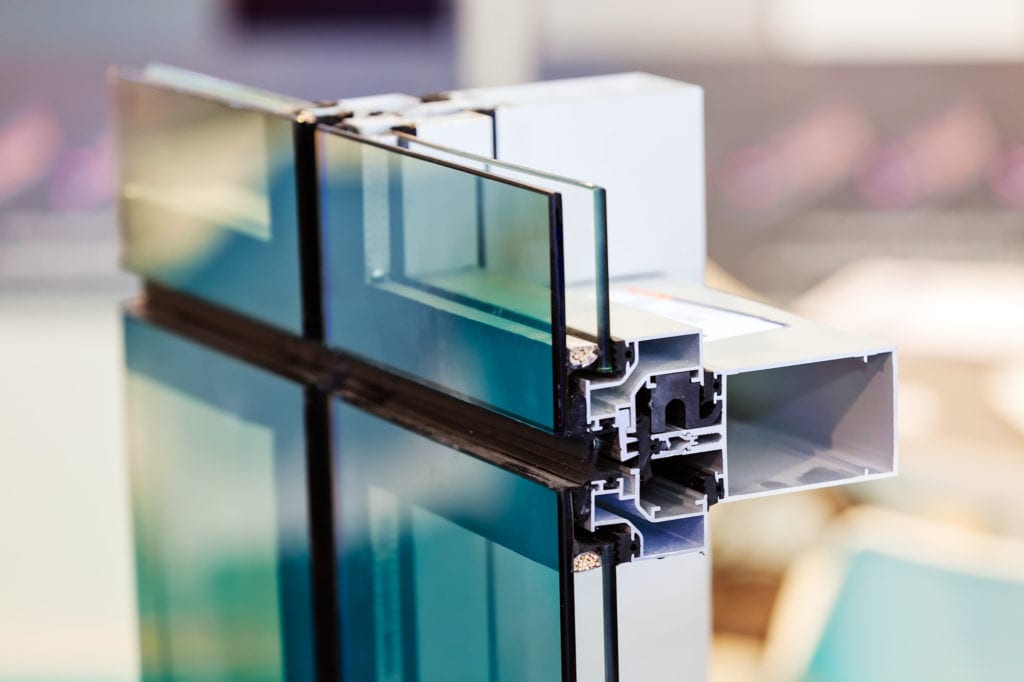All Categories
Featured
Table of Contents
How Double Glazing Can Help Keep Your Home Cool In ... in Hazelmere Perth
Laminated glass is frequently utilized in areas in the house most prone to injury from human impact such as bathrooms, doors, around staircases and in areas near the flooring (it fulfills the requirements of 'shatterproof glass' that is mandated for use in these locations by Australian Basic AS 1288 Glass in structures).
Toughened glass has been 'tempered' by being reheated and quickly cooled once again. This procedure makes it much stronger than standard glass it can withstand greater effect loads prior to breaking. It also makes it much safer since, when it does shatter, it gets into many little cubic pieces rather than harmful fragments.
Double Glazing - Windows - Doors in Alfred Cove Western Australia
Toughened glass has no thermal or acoustic benefits over other glass of the very same toning or thickness. Secondary glazing is where single-glazed windows are retrofitted with a transparent acrylic or glass sheet connected to the within of the frame or openable sash with a secondary frame or with magnetic strips.

Secondary glazing will not perform as well thermally as a produced IGU, since it is difficult to completely seal the border, however it can provide good noise control. Window movies are a thin polymer movie including an absorbing dye or reflective metal layer, with an adhesive backing. They adhere to your glazing to change its colour or make it reflective.
Benefits Of Double Glazing Low-e in Bassendean Western Australia
Applied to existing glass, some window films can halve the total SHGC of the window by absorbing and/or showing solar radiation. This can be particularly useful in hotter climates where cooling is the primary concern, or on east and west elevations directly exposed to long durations of sunlight. Window films may likewise minimize noticeable light transmittance.

For this factor, it is usually best to utilize an accredited installer of window movie. Frames have a substantial effect on the thermal performance of windows and doors, since energy can be gotten and lost through the frame, in addition to through the glass. Various types of frame will enable different levels of heat gain and loss, so careful choice of frame is crucial for efficient passive design.
Why Is Double Glazing So Important In Winter? in Viveash Perth
Aluminium is also a really excellent conductor of heat and will reduce the insulating value of a glazing unit, unless specifically crafted to decrease this. A 'thermally broken' frame is comprised of 2 aluminium areas linked by a structural insulator (generally a low-conductivity structural polymer). This 'breaks' the thermal connection through the aluminium and minimizes the heat streaming through the frame.
They can be costly, but prices are decreasing as they end up being more common. Wood frames are an excellent natural insulator that can suit some home designs. Lumber frames must be made from types that have naturally high resilience or be treated to prevent decay and contortion. Inspect that the wood is sourced from a sustainably handled forest.
Which Type Of Glass Is Best For Energy Efficiency? - A&l Windows in Midland WA
(weather stripping) is installed.
u, PVC doors and windows have exceptional thermal performance Photo: Ben Wrigley (Light Home Architecture and Science) Composite frames utilize aluminium profiles on the outer areas with either a timber or u, PVC inner area. These integrate the low maintenance and resilience of aluminium with much enhanced thermal performance.
Latest Posts
Double Glazed Windows: A Complete Guide in Sorrento Western Australia
Faq in Wellard Western Australia
Will Triple Glazing Make My House Warmer? in Darling Downs Perth